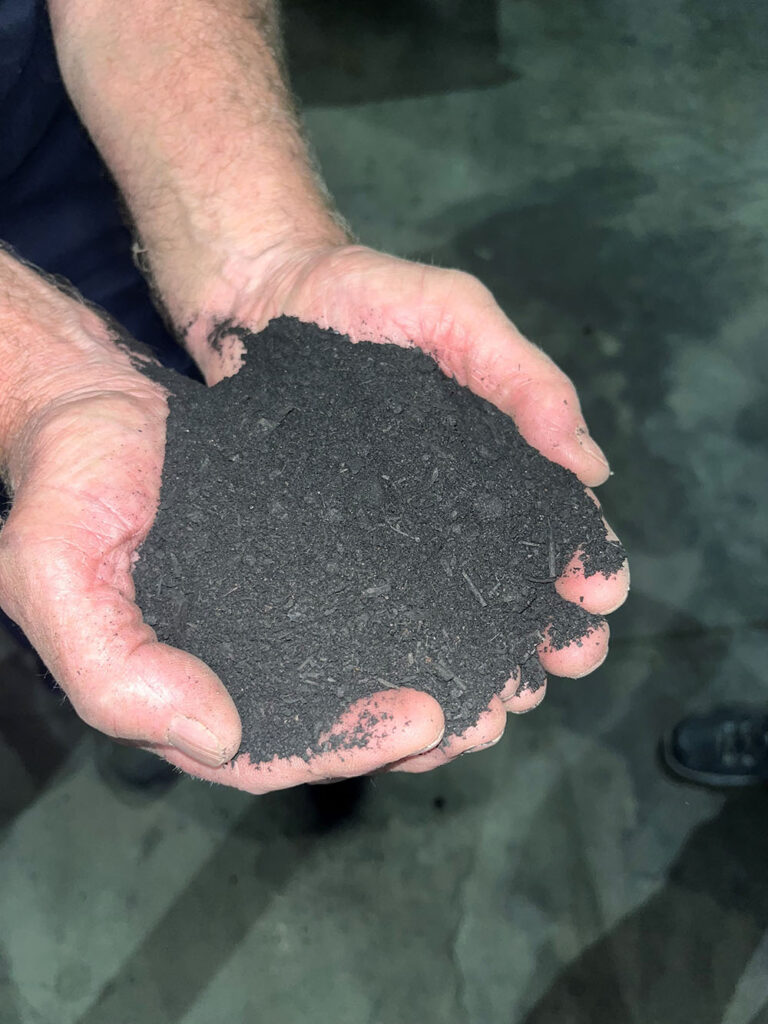Ramsey/Washington Recycling & Energy (R&E) is continually expanding its efforts to minimize waste generated in the community, while recovering value from waste that arrives at the R&E Center. Through R&E, the counties are increasing investments in waste reduction, reuse and recycling. Examples include:
With a focus on recovering value from waste and opportunities presented by new technology, the counties’ plans also include upgrading the Recycling & Energy Center:
When Ramsey and Washington counties were considering purchase of the Recycling & Energy Center, they focused on how the facility could best serve as part of an effective solid waste management system well into the future. In doing so, they adopted the following guiding principles for design of the waste and recycling system:
Considerable research and evaluation has shaped the development of the R&E waste management system:
Ramsey/Washington Recycling & Energy has partnered with Dem-Con HZI Bioenergy, LLC. to build an anaerobic digestion facility to process food scraps and other organic material.
The proposed facility will be located in Scott County near Shakopee and will process up to 75,000 tons of organic waste each year. About 50,000 tons will come from Ramsey and Washington counties through the Food Scraps Pickup Program and organic materials recovered at the R&E Center.
Dem-Con HZI Bioenergy formed between two companies to build and operate this new facility. Dem-Con Companies is a third-generation family business, with decades of expertise in managing waste and recycling facilities in Minnesota. They partnered with Hitachi Zosen Inova (HZI), a globally-renowned anaerobic digestion technology provider with nearly 100 digesters operating in North America and Europe.


Food scraps make up more than 20% of residential trash in Ramsey and Washington counties.
When food scraps end up in landfills, they generate a large amount of greenhouse gases – primarily methane – that enter the atmosphere. According to the Environmental Protection Agency, about 58% of methane emissions from municipal landfills come from food scraps. Methane is considered one of the worst climate pollutants because it traps a large amount of heat in the atmosphere.
We need many tools to manage the large amount of food scraps in our waste stream. Anaerobic digestion will provide a large-scale solution that will complement other tools like food rescue, food waste prevention, local compost facilities and backyard composting.

Anaerobic digestion is relatively new in the United States, but it’s been used in Europe for decades. Digestion is a proven, effective solution to reduce greenhouse gas emissions while creating valuable products from waste.
Food scraps and other organic materials will be transported from the R&E Center in Newport to the proposed digester facility in Scott County. Materials will be placed in the digestion unit, a large, airtight tank without oxygen where microbes break down the food scraps and organic materials.
The process is like a backyard compost bin, but at a commercial scale. Materials are pushed through the digestion unit in one to two weeks. The process will create two products: biogas and digestate (materials left over from digestion). At the Dem-Con HZI Bioenergy facility, the solid materials left over from digestion) will go through a second process to make biochar.
The proposed facility will create two valuable recycled products, both of which eliminate waste and provide solutions to address climate change:
The process of making biochar has potential to reduce per- and polyfluoroalkyl substances (PFAS). In its finished form, biochar can also remove PFAS in the environment through its natural filtration properties.

Planning and design are currently underway, as is preparation of the Environmental Assessment Worksheet and the application for permits required by the Minnesota Pollution Control Agency. The facility is anticipated to be operational in early 2027.
Check back for timeline updates as the planning process continues.